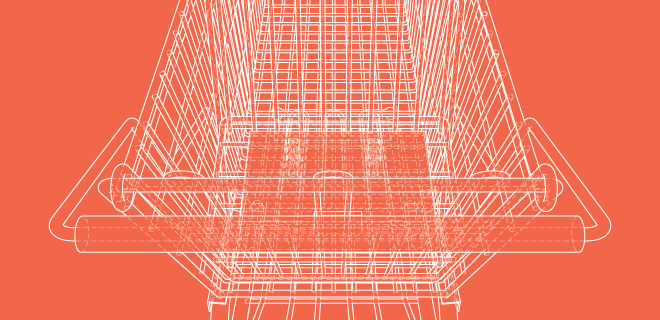
With cookies eventually going away for good, SPO may never be the same. So where does that leave SPO and how will advertisers and suppliers work together again to retain the efficiency to which they’re accustomed?
The rise of programmatic advertising quickly led to an increase in middlemen and third parties that served as conduits between advertisers and publishers. What followed was the buy side often found the same inventory being offered over and over again, creating a need for supply path optimization (SPO).
That led to a dance that continues today between demand looking for the most efficient path and/or unique value-generating inventory, while supply attempts to offer its traffic through multiple pipes to help ensure they are reaching the maximum number of buyers.
Tactics like SPO and measuring supply chain directness and true value creation forced some much-needed partner expectations and procedures to market.
The current issue at hand is the demand-side’s current algorithms and manual manipulation of supply paths assumes users are equally addressable from each path. However, with the loss of third-party cookies, the advent of alternative identifiers and bid enrichment supply paths can yield dramatic differences in buyer match rates.
With cookies eventually going away for good, SPO may never be the same. So where does that leave SPO and how will advertisers and suppliers work together again to retain the efficiency to which they’re accustomed?
SPO in a Post-cookie World
Without third-party cookies, there will be no specific and obvious direct route to target users the way we used to. Advertisers whose main interest is in identifying matched users will be adversely affected.
While URLs and domain-based inventory aren’t going anywhere, the ability to recognize the user is getting more difficult. The elimination of cookies means there’s no guarantee that any one path will get the volume of matched users you need for your campaign.
In some ways, it’s similar to driving a car. Many people believe there is an ideal route to any particular destination. But, the rise of online map applications like Waze reinforced that many variables determine what the best route is. Do you want to get there as quickly as possible? Would you prefer saving money on tolls even if it took a little bit of time? Is your biggest concern avoiding the major highways where accidents are more likely?
Third-party cookies depended on a simple map for the best possible route to optimization; however, creating a disjointed addressable landscape has created a Waze-like situation in digital advertising to take into account real-time campaign requirements.
Would you rather take the route of one hop when you cannot match the user, or two hops, which may cost a bit more, but can match? Because, now, limiting access points can suppress potential addressability. As cookies continue to deteriorate, the demand side should monitor their match rates looking at supply path directness. If it’s not sufficient, they know they will need to return to using multiple paths.
By no means is SPO going away. While the variables of SPO are changing it will always have a place in the post-cookie advertising world as we continue to find ways to improve efficiencies in the next generation of programmatic advertising.
But, removing a core element that led to commoditization will require a new approach to achieve the right balance between efficiency and performance. It will take the supply side working hand-in-hand with the demand side to see the value in working with multiple supply paths now.
While the market tests and adopts identity solutions that improve addressability, several unknowns, such as the final rollout of the Google Privacy Sandbox, will need to be taken into account.
Without third-party cookies, SPO will not be as static and directional as it is today. As addressability becomes increasingly fragmented, buyers will need to work closely and understand their partners’ SPO strategies since additional variables will impact scale when employing multiple solutions. If buyers do not take a multipronged approach, they run the risk of. of driving off a cliff because they were using an old map!